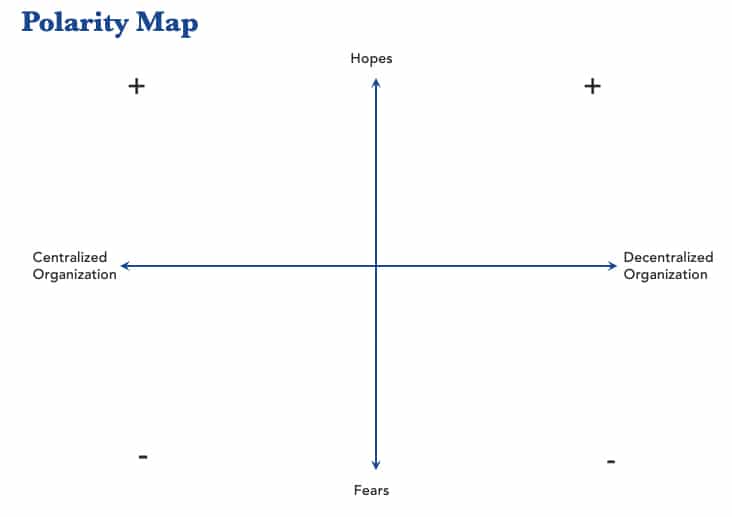
Change was a constant at Intel and one of the most common was organizational change. The long standing joke was how many managers you’d had over the past year or two. This became one of the things I expected and I didn’t question the reasoning for the changes. They seemed logical and we got on with it.
Organizations are a like a pendulum
I remember during one change, Andy Bryant, now the Intel’s Chairman of the Board, talked to us about why we were changing. He explained organizations are like a pendulum. At one extreme, control is decentralized so those nearest the customer determine what is best. After a few years, the pendulum swings the other way and functions are centralized. This usually occurs because costs increase in a decentralized model. After a few years customer focus declines and the pendulum swings the other way.
I witnessed the organizational pendulum swing many times. Andy Bryant’s insight was spot on as usual. But does it have to be this way? Why do organizations have to shift from one extreme to the other? Organizational change is very disruptive. Not just in management time, but throughout the organization with new roles, new managers, etc.
There is a better way to maximize organizational value
Both the centralized and decentralized models have advantages. Why can’t we focus on the advantages of both concurrently? Wouldn’t this be much less disruptive and allow us to optimize the value generated?
It turns out, Barry Johnson recognized the same dynamic and created a model called a Polarity Map, see below. He recognized the polarity involved between two different states. In our case, the centralized and decentralized organizational models. Each state has an upside (hope) and a downside (fear). We usually focus on the upside of our desired state and the downside of the opposite. This leads to conflict with peers who see it the other way.
Barry Johnson suggests we work together to focus on optimizing the upsides of both states. In our case, how can we stay close to our customer and minimize duplication and waste? Once we look at it this way, we no longer need to swing the pendulum from side to side. Instead, we can chart a path and focus the organization on how to harvest the upsides of both.
Now isn’t that a better conversation than discussing how many managers we’ve had over the past couple of years?


